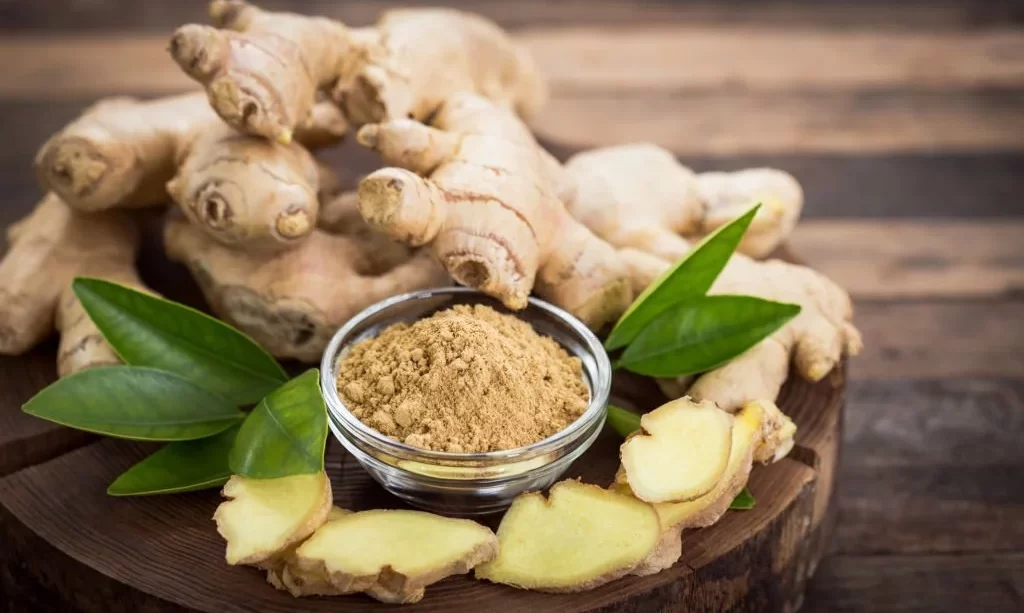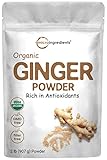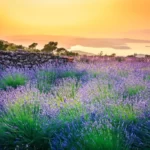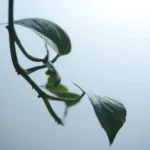Ginger, with its distinct aroma and spicy kick, is a beloved ingredient in kitchens around the world. Whether you’re adding it to a stir-fry or brewing it into a soothing tea, ginger has a special place in our culinary hearts. But what happens when this humble root takes on an unexpected hue? In this article, we’ll delve into the intriguing world of ginger turning blue. It’s a phenomenon that may leave you puzzled but is entirely harmless. Let’s explore the science behind this colorful transformation and put any worries to rest.
The Phenomenon of Blue Ginger
Imagine slicing into a piece of fresh ginger, only to discover that it’s turned an unusual shade of blue. While it might seem like something out of a science fiction novel, it’s a surprisingly common occurrence with ginger. The good news is that this color change is perfectly natural and doesn’t impact the flavor or safety of your favorite spice. So, let’s uncover the mystery of blue ginger and learn why it sometimes takes on this unexpected color.
The Chemistry Behind It
To demystify why ginger turns blue, we need to take a closer look at its chemistry. Ginger contains natural pigments called anthocyanins, which are responsible for the vibrant hues seen in certain fruits and vegetables. These pigments can react to changes in pH levels (acidity or alkalinity), causing the color shift. When ginger encounters an acidic or alkaline environment, these anthocyanins can change from their typical brownish color to shades of blue or green. It’s like a colorful chemistry experiment happening right on your cutting board!
- Micro ingredients Raw Ground Ginger Powder Organic, Fine Loose Powder for Better Mixing without Settling, Non-GMO.
- Best Flavor for Cooking, Baking, Tea and More.
- No GMOs, No Irradiation, No Additives, No Preservatives, No Fillers, No Artificial Colors, No Soy, No Gluten.
- Scoop Included to Get the Perfect Measurement Every Time.
Common Culprits
Several factors and common kitchen ingredients can trigger the blue transformation of ginger. Here are the usual suspects:
- Acids: Ginger might turn blue when it comes into contact with acidic substances like lemon juice or vinegar. The acidity prompts the anthocyanins to change color.
- Alkaline Conditions: Baking soda, a common household alkaline ingredient, can also cause ginger to turn blue when they interact. The shift in pH levels triggers the pigments to display their blue hues.
- Variations in Ginger’s pH: Sometimes, ginger’s pH levels can naturally fluctuate due to factors like its maturity or how it was processed. These internal changes can lead to the development of blue or greenish colors.
While these culprits may change the appearance of ginger, remember that the taste and safety of your ginger remain unaffected. Cooking ginger, for instance, will often cause the blue color to vanish, leaving behind its delightful flavor and aroma. So, don’t be alarmed if your ginger takes on a blue tinge—it’s just a fascinating chemical reaction at play!
Safety and Taste
One of the most crucial things to know about blue ginger is that it’s entirely safe to eat, and its taste remains unchanged. The color change is purely cosmetic and doesn’t affect the quality or flavor of your ginger. So, whether you’re using blue-tinged ginger in a savory stir-fry or a soothing cup of ginger tea, rest assured that it will taste just as delicious as its non-blue counterpart.
Preventing Blue Ginger
While blue ginger is harmless, you might prefer to keep it the classic color. Here are some tips to prevent your ginger from turning blue:
- Storage: Store ginger in a cool, dry place, away from moisture and extreme temperatures. This helps maintain its original color.
- Avoid Acids and Alkalis: Be mindful of ingredients like lemon juice, vinegar, and baking soda when using ginger. Minimize its exposure to these substances to reduce the chances of color change.
- Freshness: Opt for fresh ginger whenever possible. The longer ginger sits around, the more likely its pH levels may change, leading to the blue transformation.
Conclusion
In the world of culinary surprises, blue ginger stands as a quirky but harmless oddity. It’s a reminder that the kitchen is a place of wonder, where chemistry and flavors come together in unexpected ways. So, the next time you encounter blue ginger, don’t be alarmed—embrace it as a testament to the natural complexities of the ingredients we love. Whether it’s brown, blue, or any other shade, ginger continues to add its unique zest to your favorite dishes and beverages. Enjoy your culinary adventures with the knowledge that blue ginger is perfectly safe and just as tasty as ever!






